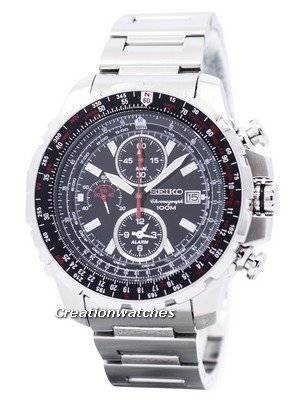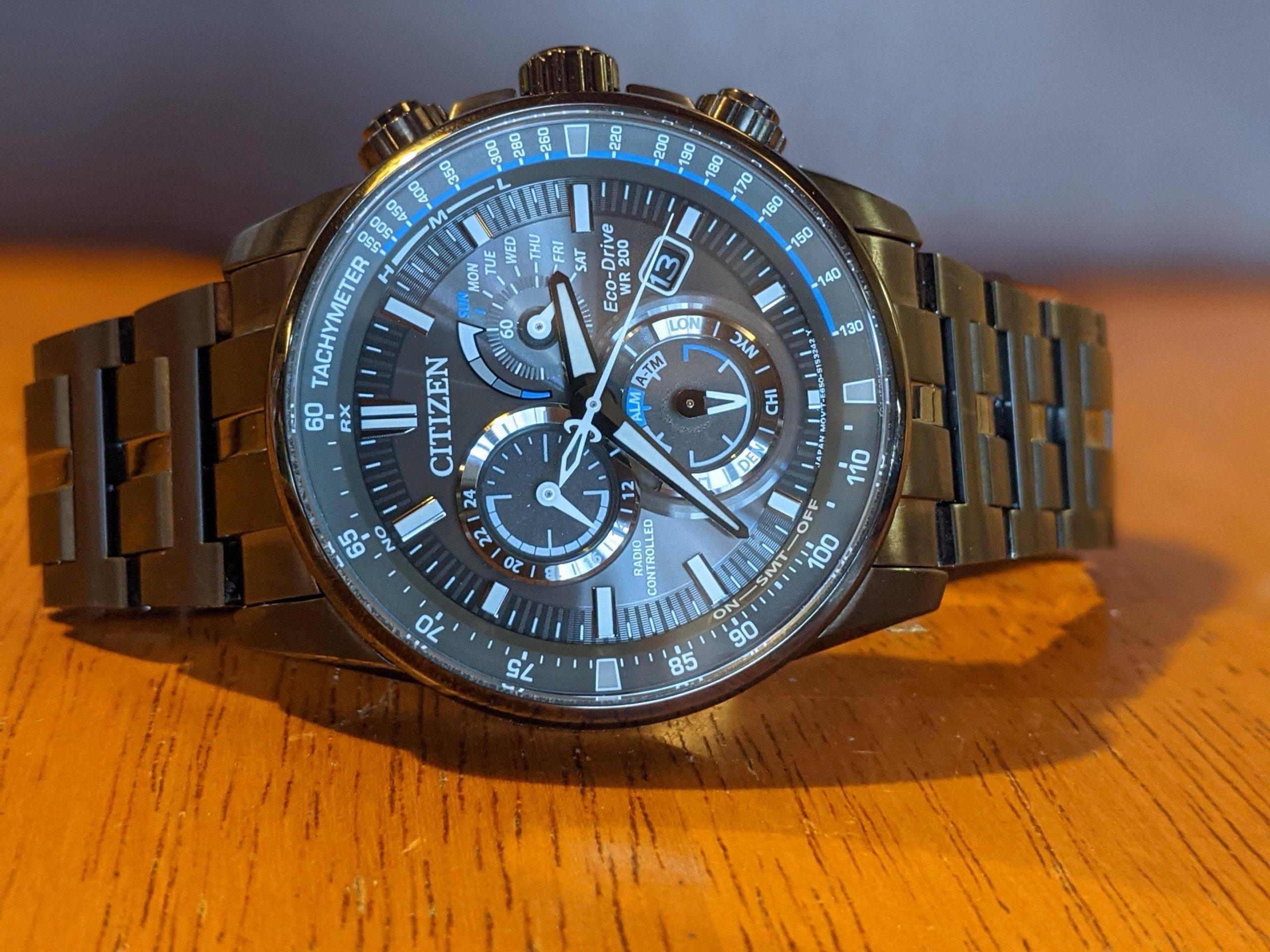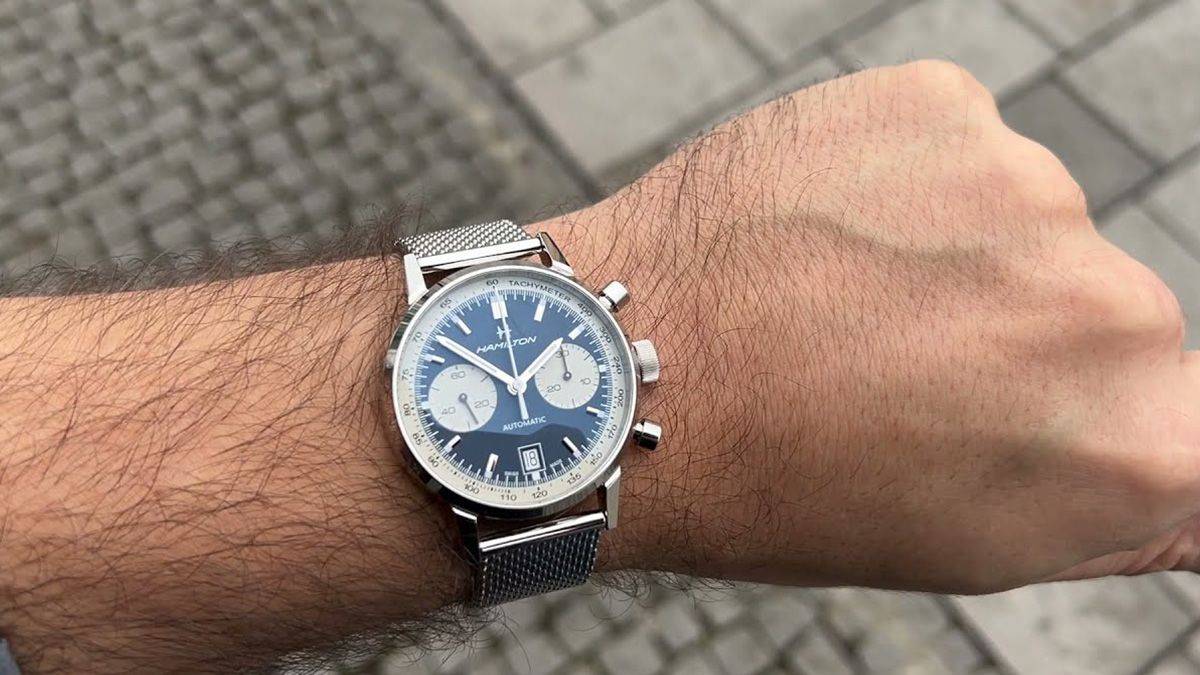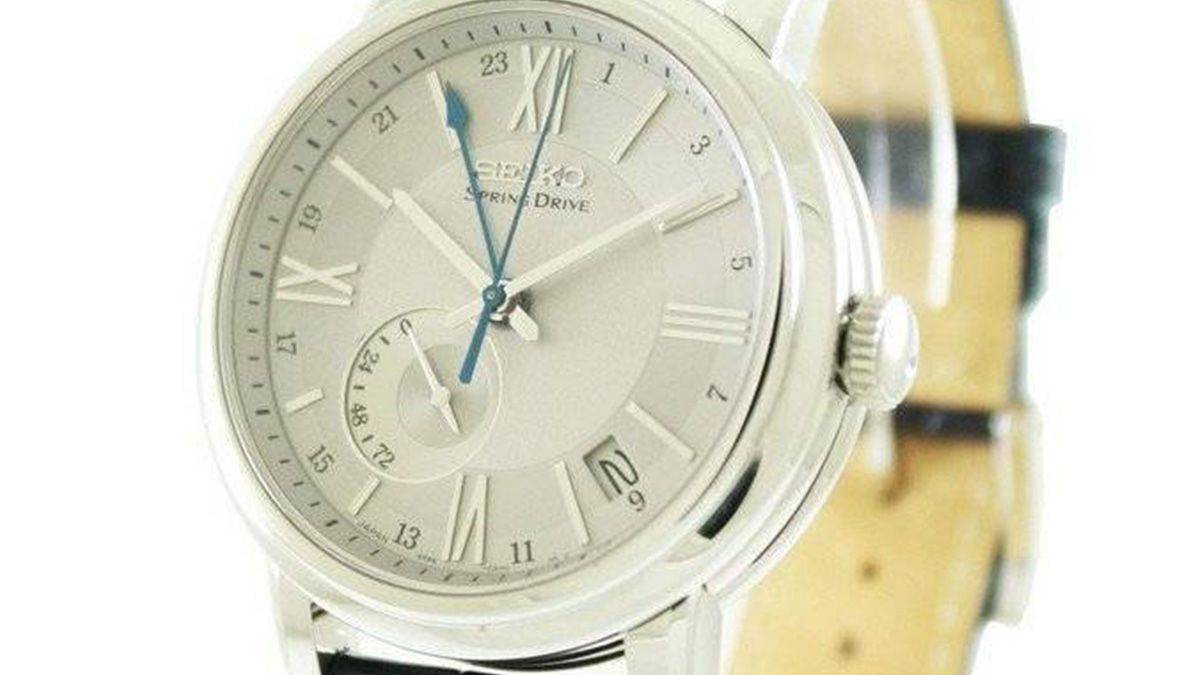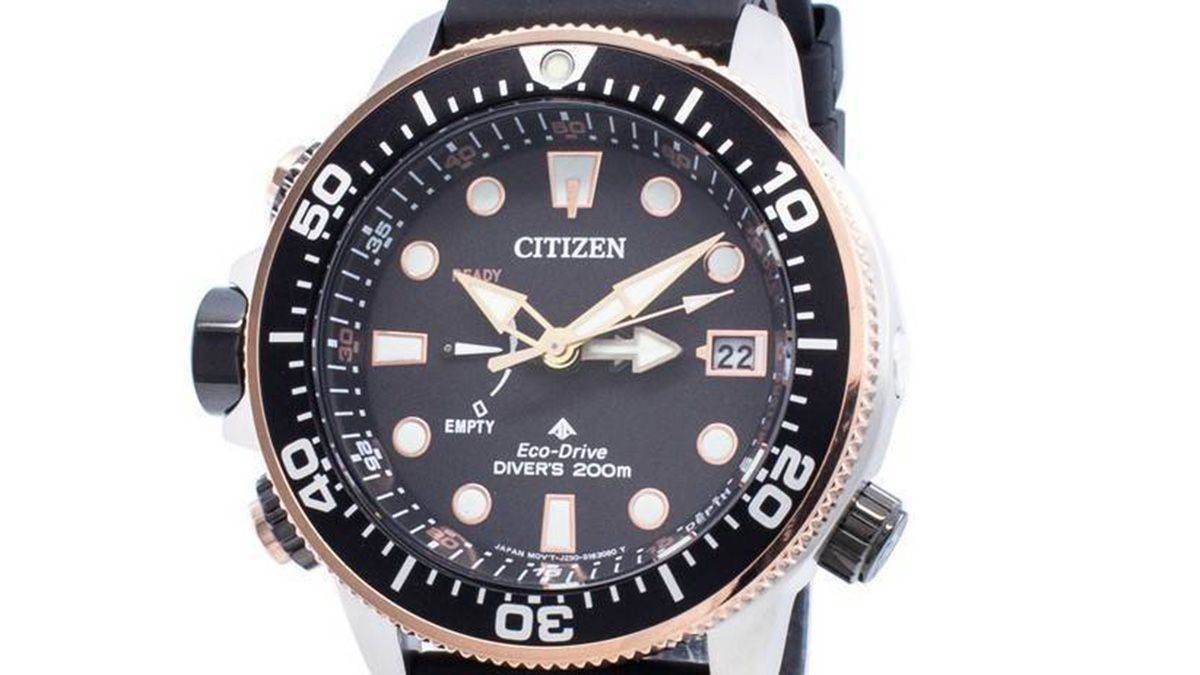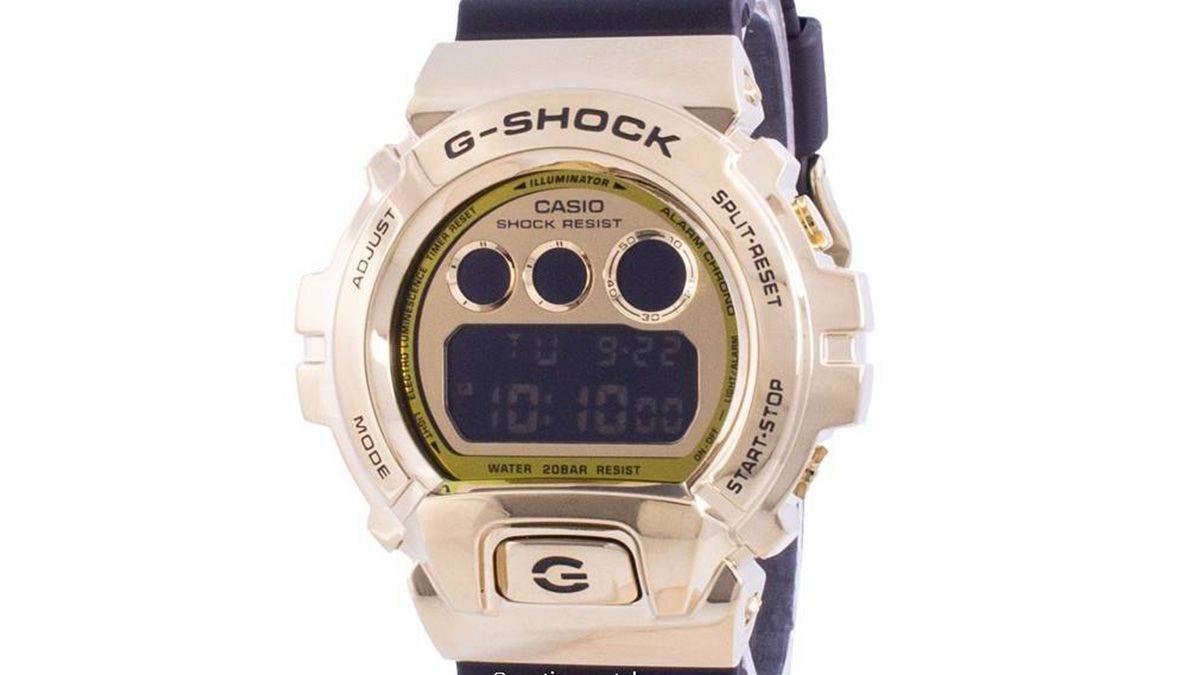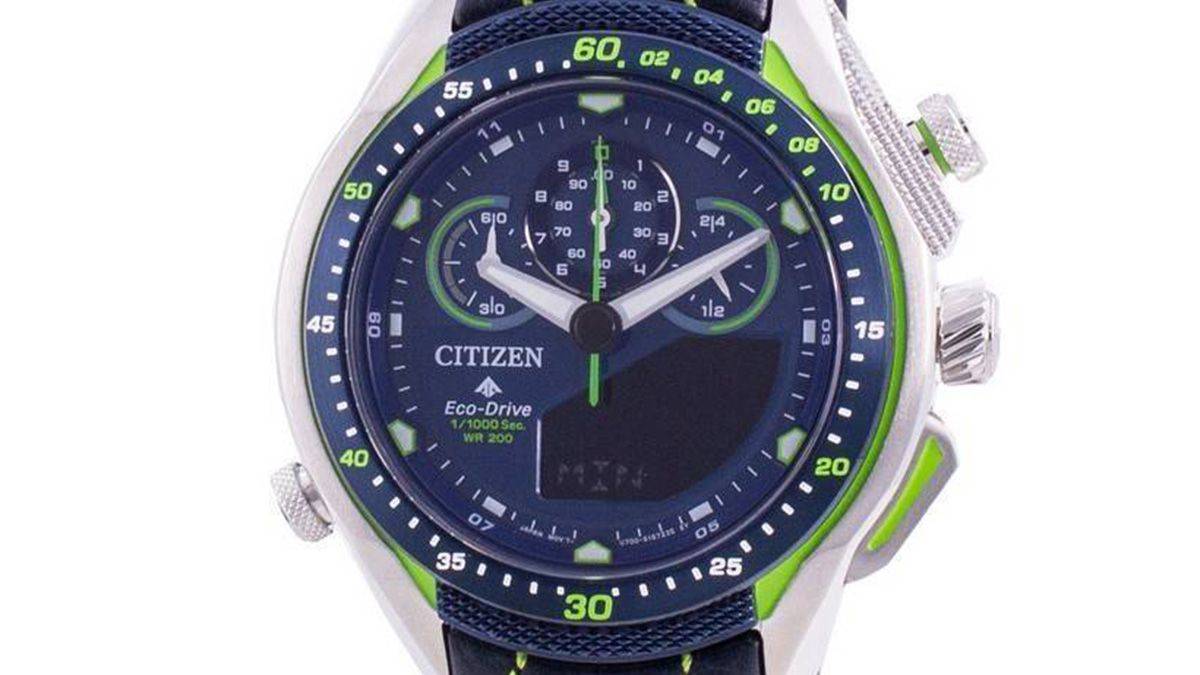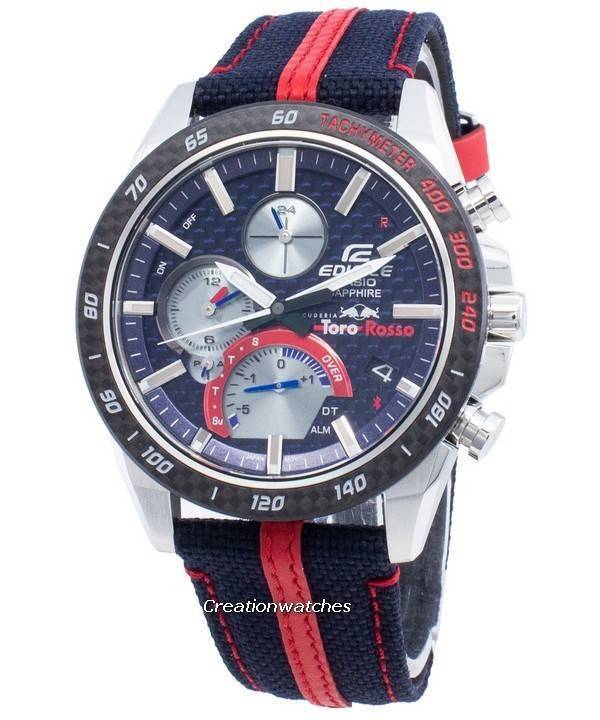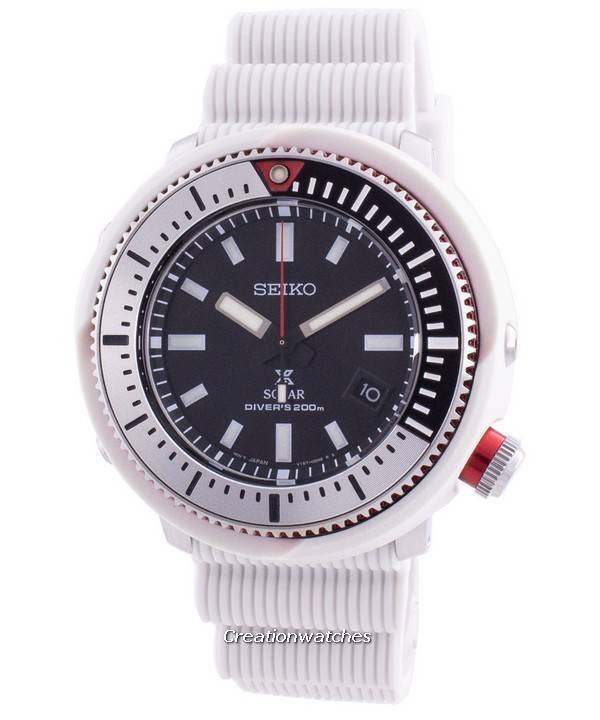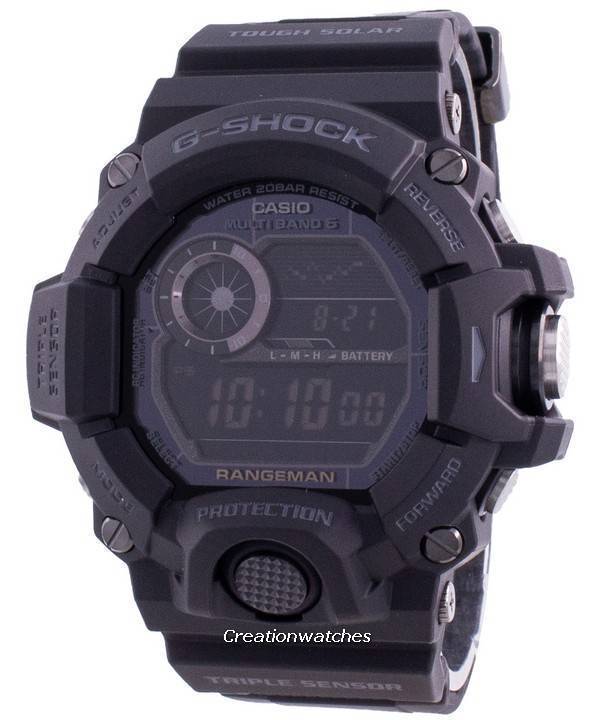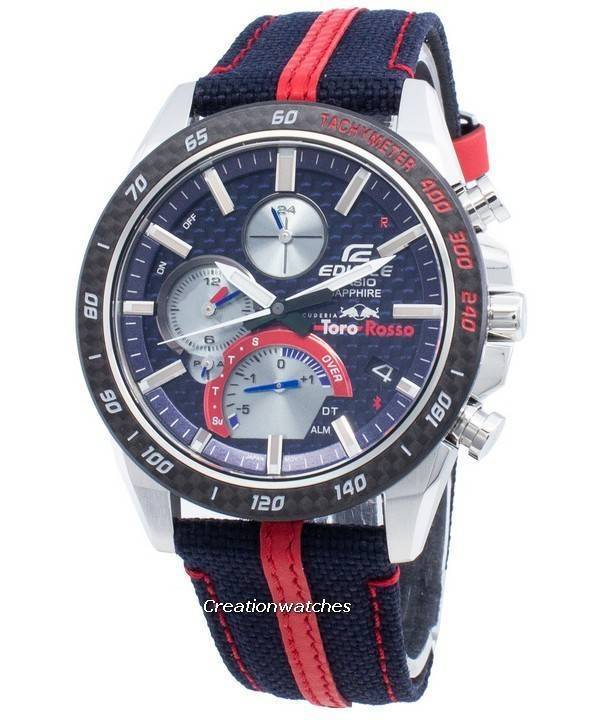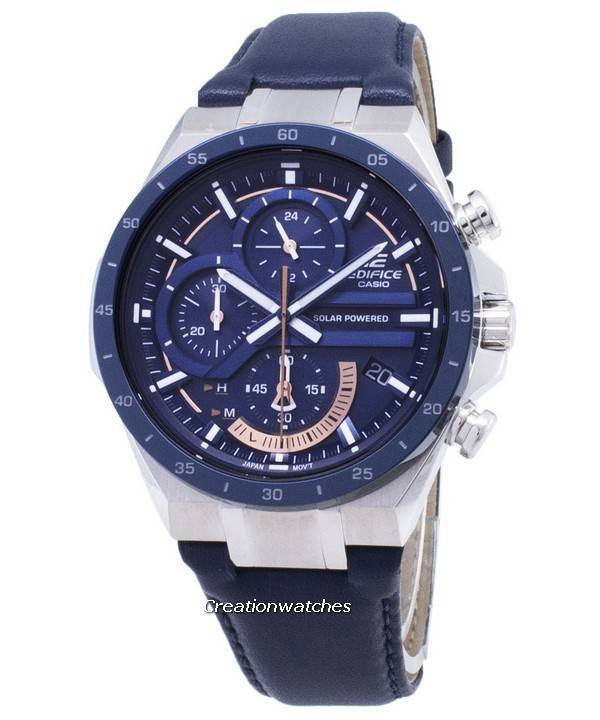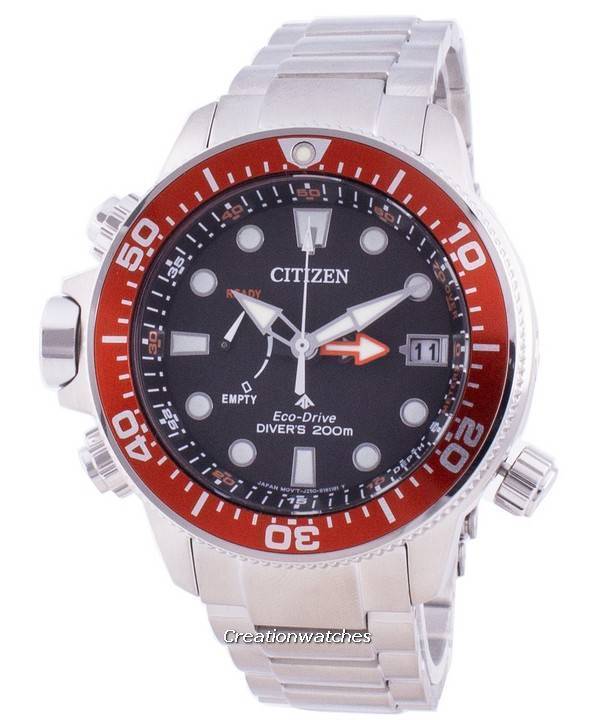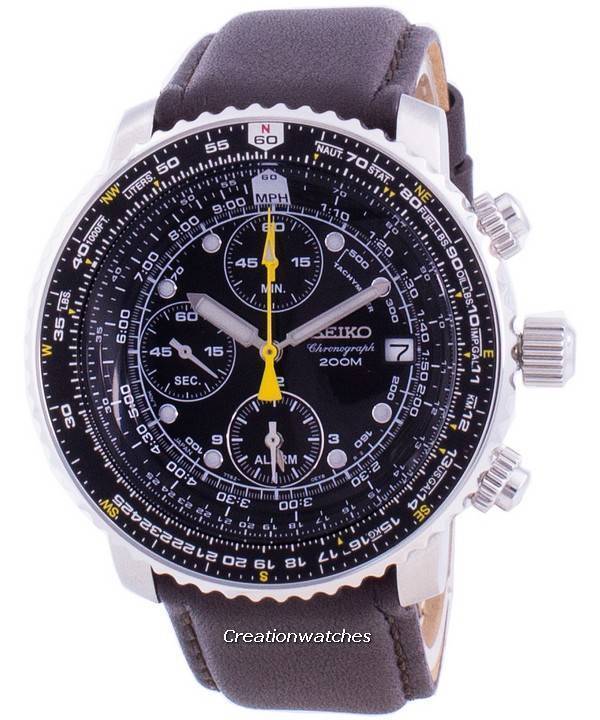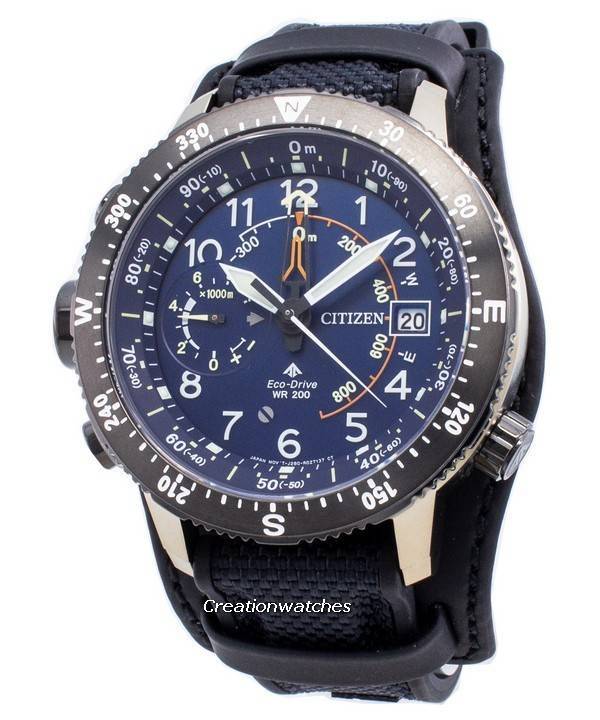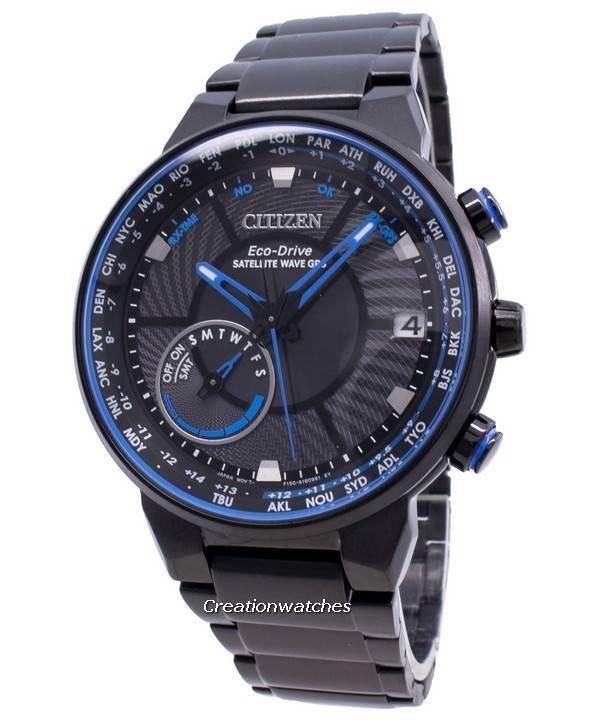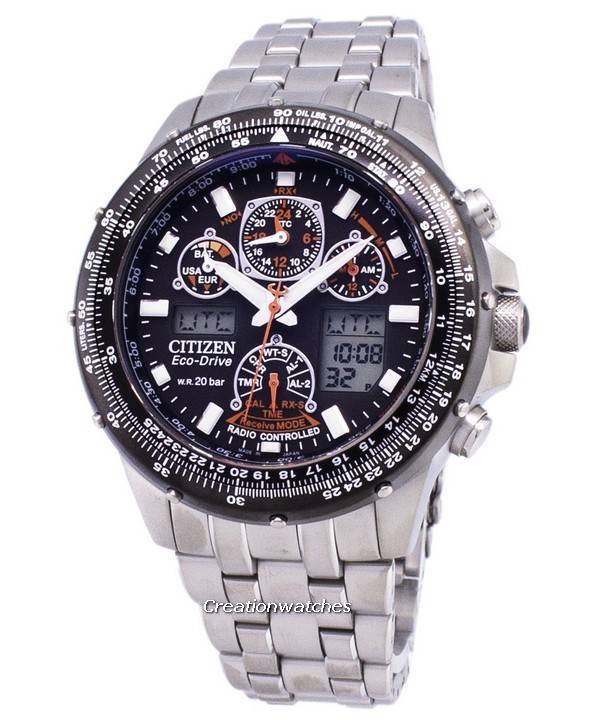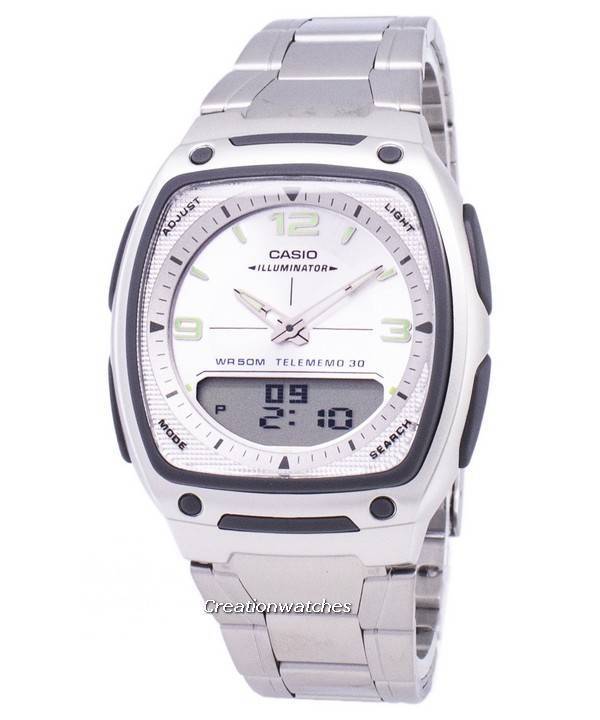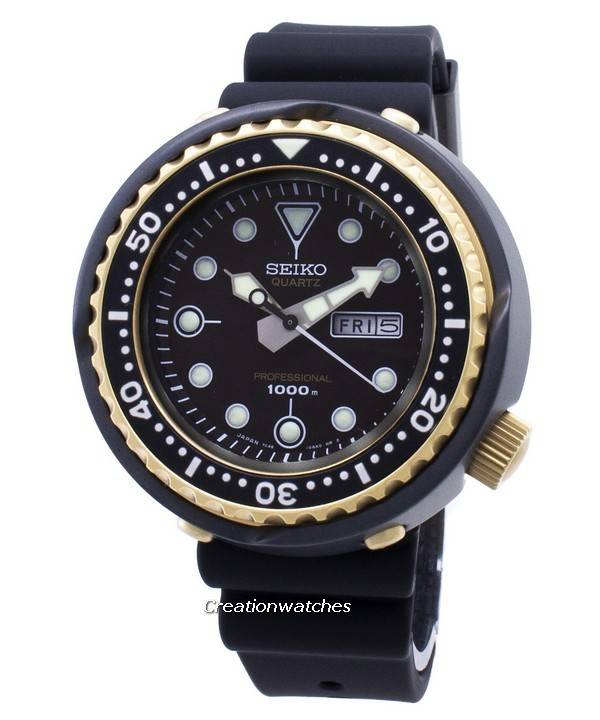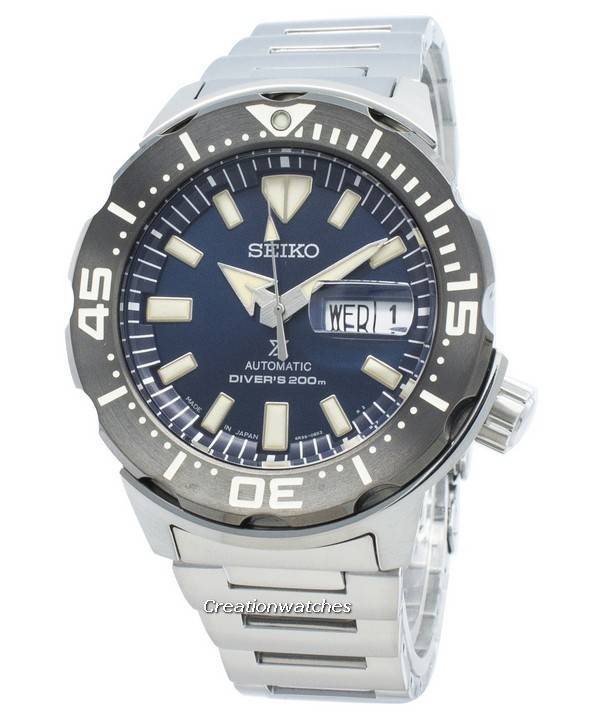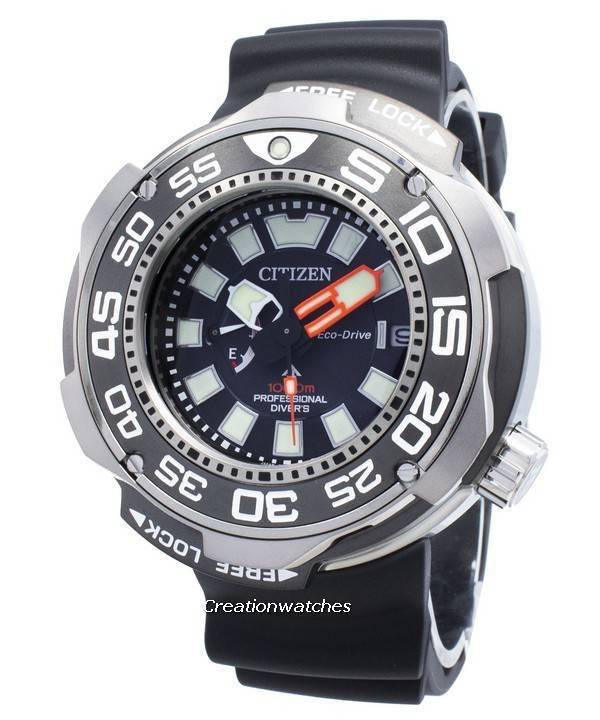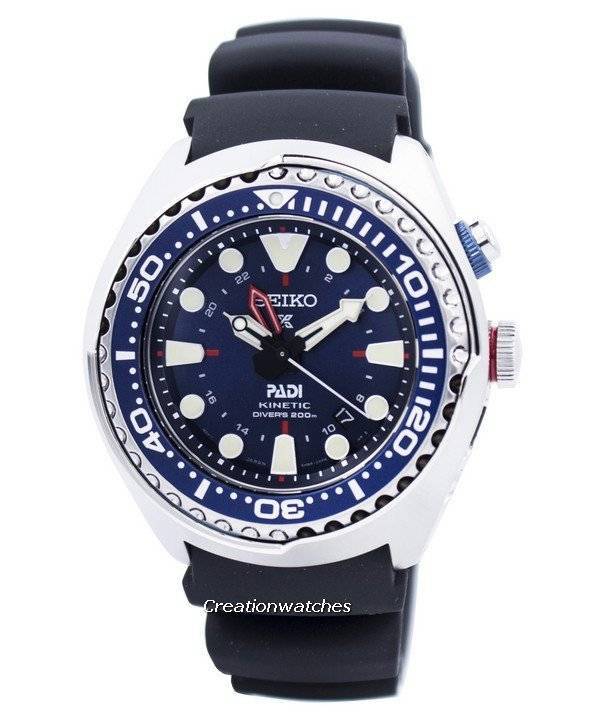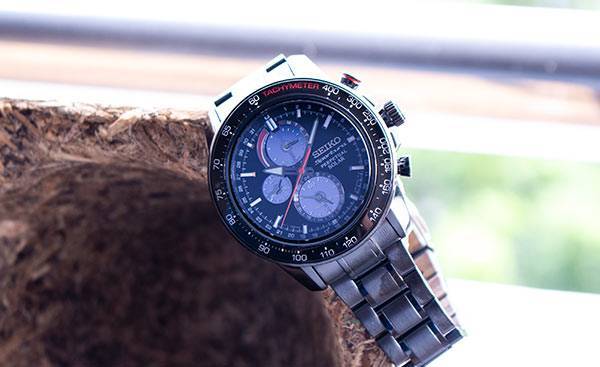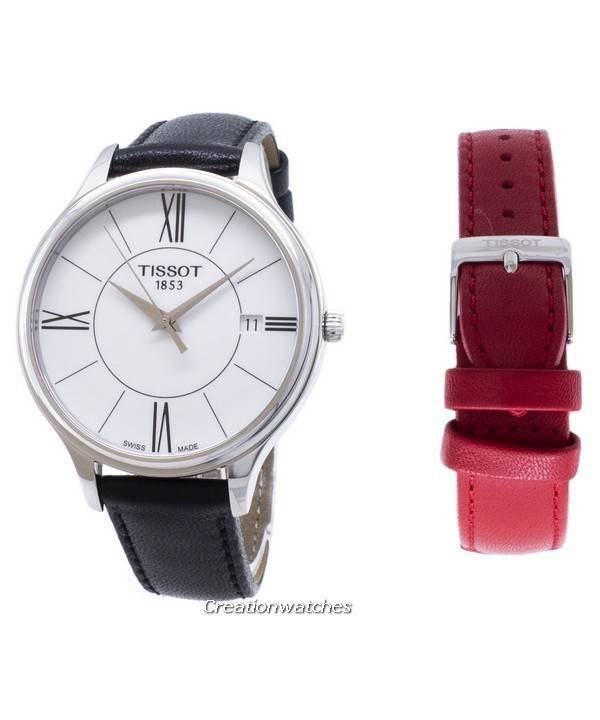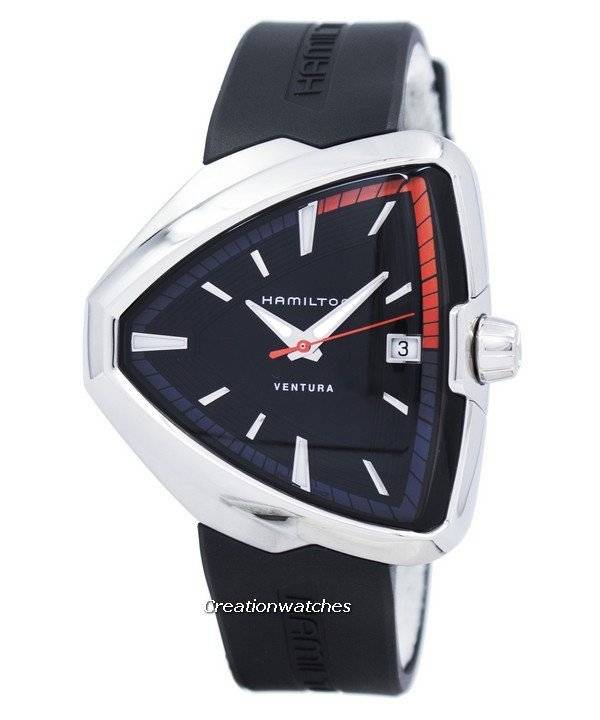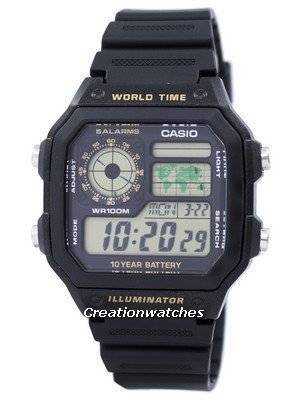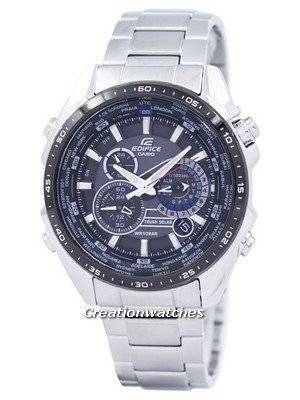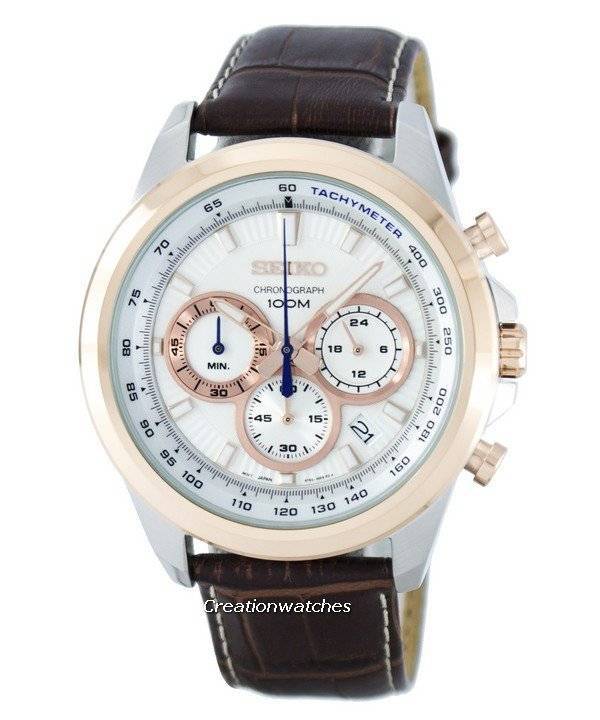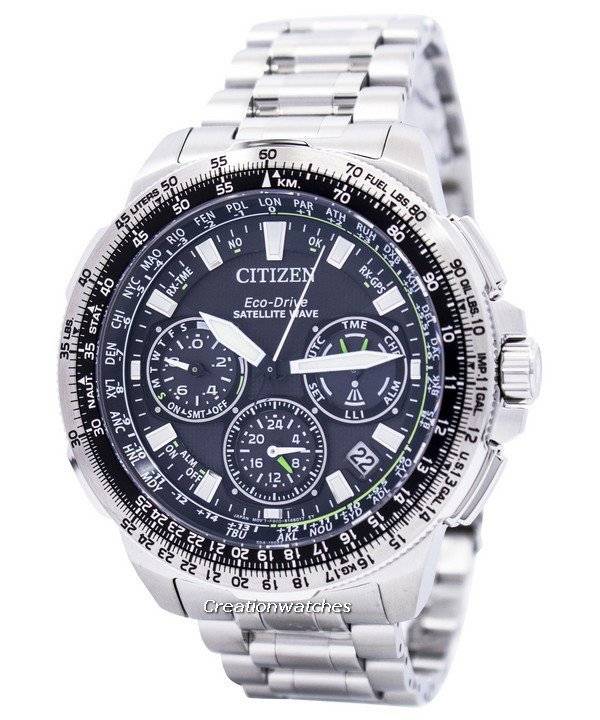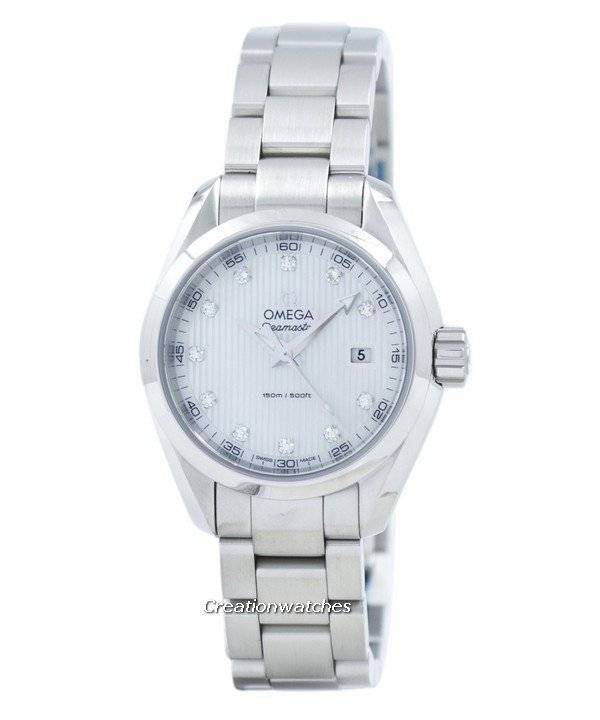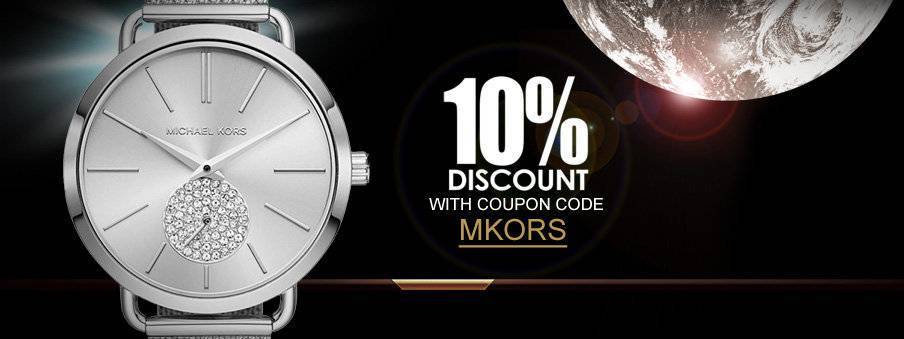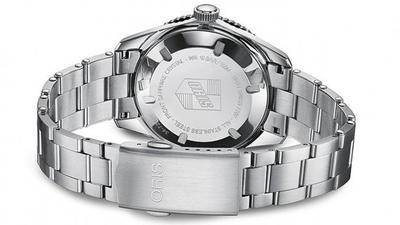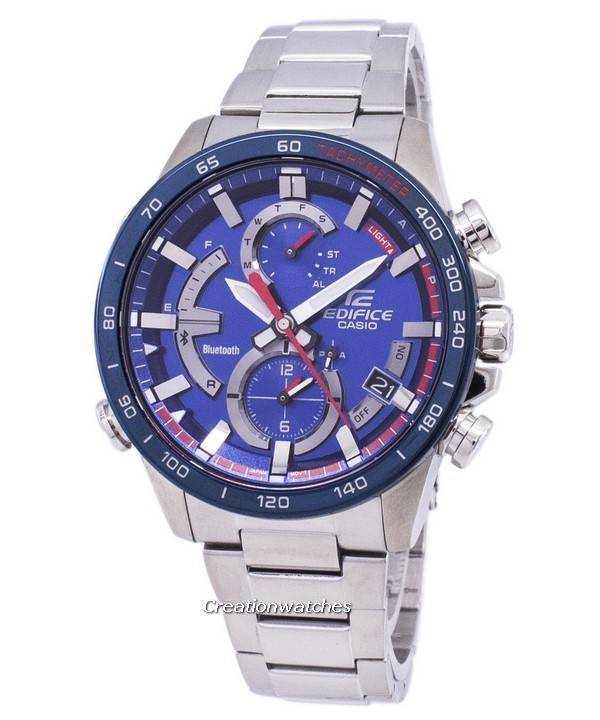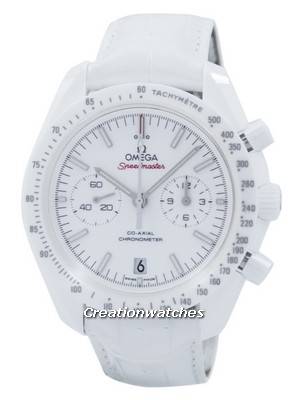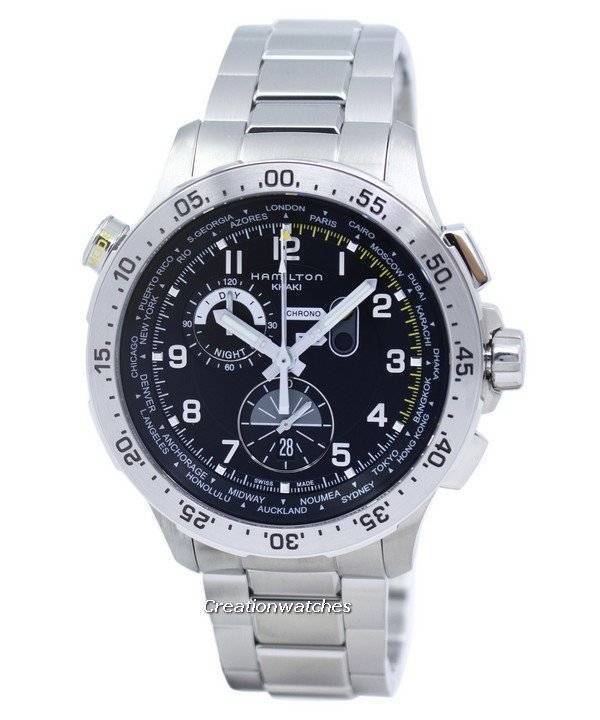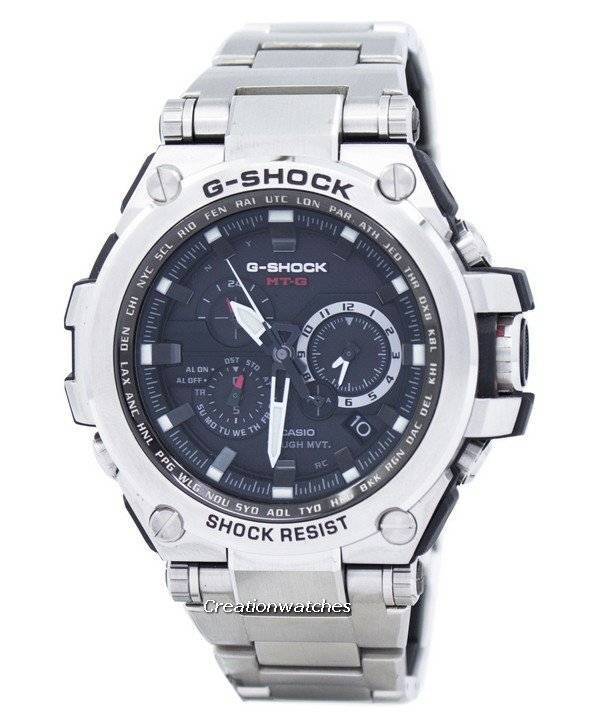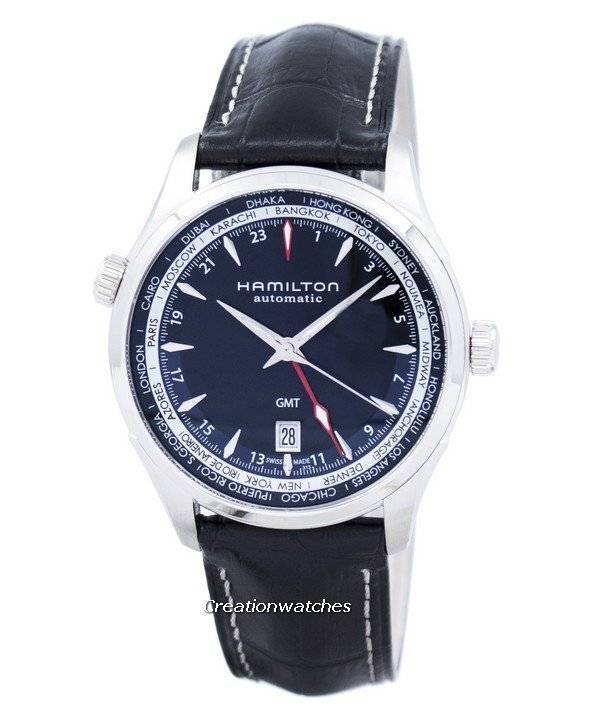We went off-track; nevertheless, it was a much required deviation. That’s the best way to get into oft-overlooked areas, which pro-s and enthusiasts would know of but not the casual wearer. Information always helps in refinement and getting better.
I guess things did not start too early and there’s no instance of complaints whining “…jamming things down the throat”. In that case take a break and take a look round. It shall inspire you enough to commence upon distance and volume conversions again.
Hope you already learnt about accurate markings on the watch and also that accurate answers can never be expected if it’s not a reputed manufacturer. Sloppy manufacturing doesn’t grant correct spacing between the markings, which throws the calculations off. To check, turn the outer scale till the numbers coincide with those in the inner. This should also align the tick marks around the two scales. Even a hairline inaccuracy can result in 10% or more difference in unit conversions.
So, what all can be worked out? A lot of things, but chiefly the conversions between nautical and statutory miles, kilometers and feet, Imperial gallons to U.S. gallons and liters, from kilograms to pounds and for measuring fuel consumption. Some watches also have time scale and it’s a vital part of being rated a flight computer. ETA is a crucial part of aviation.
ETA is calculated the following way.
Say, speed is 43 miles/hour and the destination is still 50 miles. How much time will you take to reach if you start counting now?
1 hour is 60 minutes, so align 60 (inner rule) with 43 (outer rule).See what 50 (distance) aligns to. It will be roughly around 70 while 1 shall align to 10. So, 70 minutes or one hour and ten minutes, whichever way you want the answer. However, the HH:MM format isn’t applicable to large distances.
You can also figure out the distance you’ll travel within a given time and speed. For example, someone going 70mph for 90 minutes has covered 105 miles. In the sliders, align 60 (minutes in an hour, inner rule) with 70 (speed, outer rule) and see what aligns with. 90 (inner rule) or, 1:30 (time scale). It will be around 10.5 (outer rule). The decimal doesn’t apply; the answer is 105 miles.
In a similar manner, you can find your speed. You need to know how far you went and the time it took.
For 250 kilometers and two hours, 2:00 (or 12, for 120 minutes; inner rule) is aligned with 25 (this is the distance, 0 not taken into account; outer rule). 60 (minutes in an hour; inner rule) will be aligning to 12.5. That’s 125 kms, decimal ignored.
Next, we will go into percentages but try out the above first.


